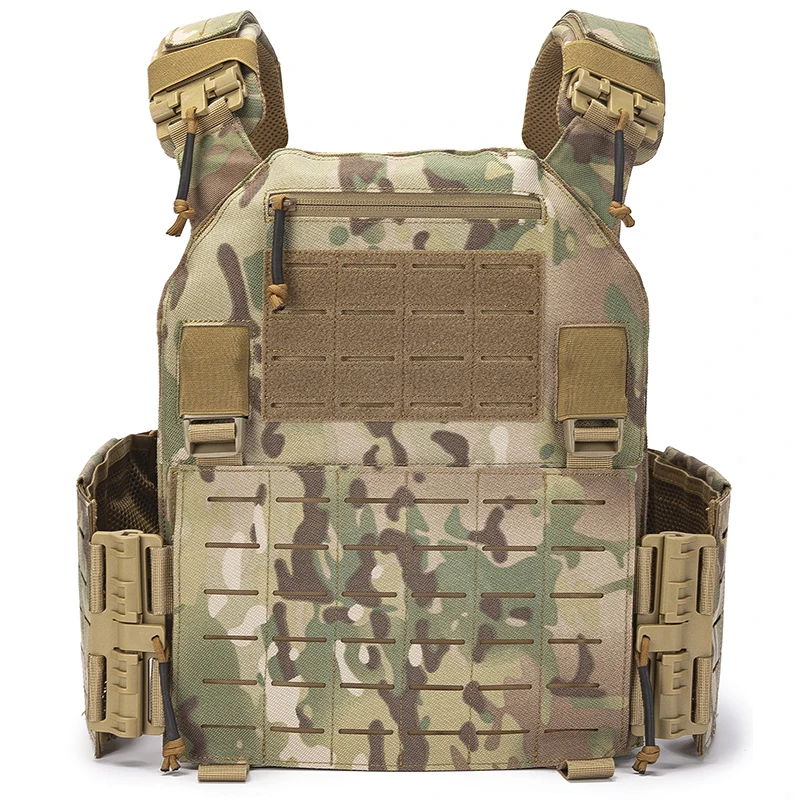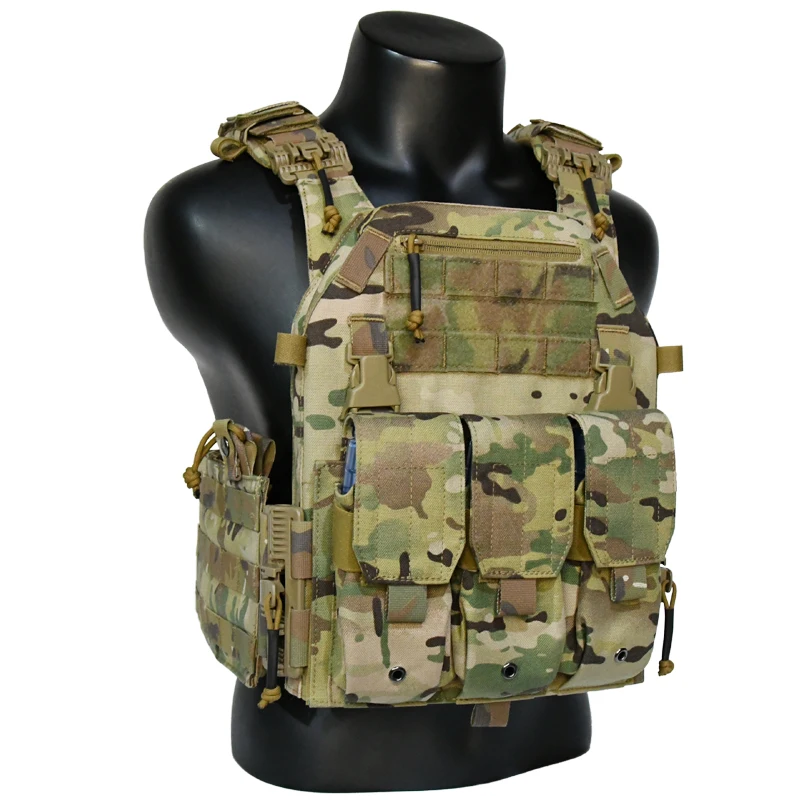Tactical Gear
PRODUCTS
Discover The Perfect Hunting Backpack For Your Needs
Capacity and Size
The first and often most important consideration is the backpack's capacity. This is measured in cubic inches or liters. Consider the length of your hunts, the type of game you’re pursuing, and the gear you'll need to carry. A day hunt for small game might only require a 2000-3000 cubic inch pack, while a multi-day elk hunt could necessitate a 7000-8000 cubic inch or even larger pack. Think about your essential gear: rifle or bow, ammunition or arrows, first-aid kit, food, water, layers of clothing, and any specialized tools. Measure your gear to ensure your chosen pack provides ample space without being unnecessarily bulky.
Beyond capacity, consider the pack's dimensions and its shape. A long, narrow pack might be better suited for navigating dense forests, while a shorter, wider pack might be more comfortable for carrying heavier loads over shorter distances. Examine the pack's overall weight when empty – a lighter pack will make a significant difference over long distances and challenging terrain.
Comfort and Fit
Comfort is paramount. A poorly fitting pack can cause significant discomfort, leading to fatigue and reduced hunting effectiveness. Look for adjustable features like torso length adjustments, hip belts, and shoulder straps. These adjustments are crucial for distributing weight evenly and preventing pressure points. A well-padded hip belt is particularly important for carrying heavier loads; it transfers weight from your shoulders to your hips, significantly reducing strain. Try the pack on with a similar weight to what you'll be carrying during your hunt; walk around in it to assess comfort and adjustability.
The material of the pack is also a vital component of comfort. Breathable materials like mesh help prevent overheating and sweating. Look for quality stitching and durable construction to ensure your pack can withstand the rigors of hunting. Consider the pack’s suspension system; some packs feature internal frames, external frames, or frameless designs, each with its own pros and cons regarding weight distribution and flexibility.
Accessibility and Organization
Easy access to your gear is crucial, especially in emergency situations. Consider the placement and design of pockets and compartments. Look for easily accessible pockets for frequently used items like water bottles, snacks, and first-aid supplies. Internal compartments help keep gear organized and prevent items from shifting during movement. Specialized compartments for firearms, bows, or other bulky equipment are valuable additions for hunters.
Consider the types of closures used on the pockets and compartments. Zippers should be durable and easy to operate even with gloves. Buckles and straps should be secure and reliable, ensuring your gear stays safely inside the pack. A well-organized pack minimizes hunting downtime spent searching for necessary items.
Durability and Materials
Hunting backpacks encounter harsh conditions, from rough terrain to exposure to the elements. Choose a pack made from durable, water-resistant materials. Nylon and ripstop nylon are popular choices for their strength and tear resistance. Water-resistant coatings or integrated rain covers are essential for protecting your gear in wet conditions. Examine the stitching and seams carefully; strong stitching is critical for long-term durability.
Consider the pack's overall weight and the materials used in its construction. While durability is important, an excessively heavy pack can significantly impact your hunting experience. Strive for a balance between durability and weight, choosing a pack that provides adequate protection without compromising comfort or mobility.
SUBSCRIBE
INQUIRY










